Improving the Performance of Turbo-Coded Systems under Suzuki Fading Channels
Abstract
:1. Introduction
2. System Model
3. Noise Distribution
3.1. AWGN Distribution
3.2. Suzuki Distribution
3.3. Ratio Distribution
- The first approximation assumes , and the PDF can be written as,
- The second approximation assumes the power of exponential , and the simplified formula can be written as:
4. Numerical Results
4.1. LLR Calculations
4.2. Performance Improvement
4.3. Complexity Calculations
5. Conclusions
Author Contributions
Funding
Conflicts of Interest
References
- De Dieu, U.J.; Vianney, N.J.M. Characterization and Modeling of Large-Scale Fading for Radio Propagation in Rwanda. Commun. Netw. 2016, 8, 22–30. [Google Scholar] [CrossRef]
- Rappaport, T.S. Wireless Communications: Principles and Practice, 2nd ed.; Prentice Hall: Upper Saddle River, NJ, USA, 1996. [Google Scholar]
- Jamoos, A. Improved decision fusion model for wireless sensor networks over Rayleigh fading channels. Technologies 2017, 5, 10. [Google Scholar] [CrossRef]
- Motade, S.; Kulkarni, A. Channel estimation and data detection using machine learning for MIMO 5G communication systems in fading channel. Technologies 2018, 6, 72. [Google Scholar] [CrossRef]
- ITU. Probability Distributions Relevant to Radiowave Propogation Modelling; Recommendation P.1057; International Telecommunication Union (ITU): Geneva, Switzerland, 1994; pp. 1–14. [Google Scholar]
- Cho, Y.S.; Kim, J.; Yang, W.Y.; Kang, C.G. MIMO-OFDM Wireless Communications with MATLAB; John Wiley & Sons: Hoboken, NJ, USA, 2010. [Google Scholar]
- Ibnkahla, M. Signal Processing for Mobile Communications Handbook; CRC Press: Boca Raton, FL, USA, 2004. [Google Scholar]
- Gulfam, S.M.; Nawaz, S.J.; Baltzis, K.B.; Ahmed, A.; Khan, N.M. Characterization of fading statistics of mmWave (28 GHz and 38 GHz) outdoor and indoor radio propagation channels. Technologies 2019, 7, 9. [Google Scholar] [CrossRef]
- Suzuki, H. A statistical model for urban radio propogation. IEEE Trans. Commun. 1977, 25, 673–680. [Google Scholar] [CrossRef]
- Ghavami, H.; Moghaddam, S.S. Outage probability of device to device communications underlaying cellular network in Suzuki fading channel. IEEE Commun. Lett. 2017, 21, 1203–1206. [Google Scholar] [CrossRef]
- Eggers, P.C.; Angjelichinoski, M.; Popovski, P. Wireless Channel Modeling Perspectives for Ultra-Reliable Low Latency Communications. arXiv 2017, arXiv:1705.01725. [Google Scholar]
- Borhani, A.; Stüber, G.L.; Pätzold, M. A Random Trajectory Approach for the Development of Nonstationary Channel Models Capturing Different Scales of Fading. IEEE Trans. Veh. Technol. 2017, 66, 2–14. [Google Scholar]
- Lavanya, V.; Rao, G.S.; Bidikar, B. Fast Fading Mobile Channel Modeling for Wireless Communication. Procedia Comput. Sci. 2016, 85, 777–781. [Google Scholar] [CrossRef]
- Huang, P.; Rajan, D.; Camp, J. Weibull and Suzuki fading channel generator design to reduce hardware resources. In Proceedings of the 2013 IEEE Wireless Communications and Networking Conference (WCNC), Shanghai, China, 7–10 April 2013; pp. 3443–3448. [Google Scholar]
- Proakis, J.G.; Salehi, M. Digital Communications, 5th ed.; McGraw-Hill: New York, NY, USA, 2008. [Google Scholar]
- Simon, M.K. Probability Distributions Involving Gaussian Random Variables: A Handbook for Engineers and Scientists; Springer Science & Business Media: Berlin/Heidelberg, Germany, 2007. [Google Scholar]
- Patzold, M. Mobile Fading Channels: Modelling, Analysis and Simulation; John Wiley & Sons: Hoboken, NJ, USA, 2001. [Google Scholar]
- Papoulis, A. Probability, Random Variables, and Stochastic Processes, 3rd ed.; McGraw-Hill: New York, NY, USA, 1991. [Google Scholar]
- Gradshteyn, I.S.; Ryzhik, I.M. Table of Integrals, Series, and Products, 7th ed.; Academic Press: Cambridge, MA, USA, 2007. [Google Scholar]
- Coladarci, T.; Cobb, C.D.; Minium, E.W.; Clarke, R.C. Fundamentals of Statistical Reasoning in Education; John Wiley & Sons: Hoboken, NJ, USA, 2010. [Google Scholar]
- Al-Askery, A.J.; Tsimenidis, C.C.; Boussakta, S.; Chambers, J.A. Performance analysis of coded massive MIMO-OFDM systems using effective matrix inversion. IEEE Trans. Commun. 2017, 65, 5244–5256. [Google Scholar] [CrossRef]
- Golub, G.H.; van Loan, C.F. Matrix Computations, 3rd ed.; JHU Press: Baltimore, MD, USA, 1996. [Google Scholar]
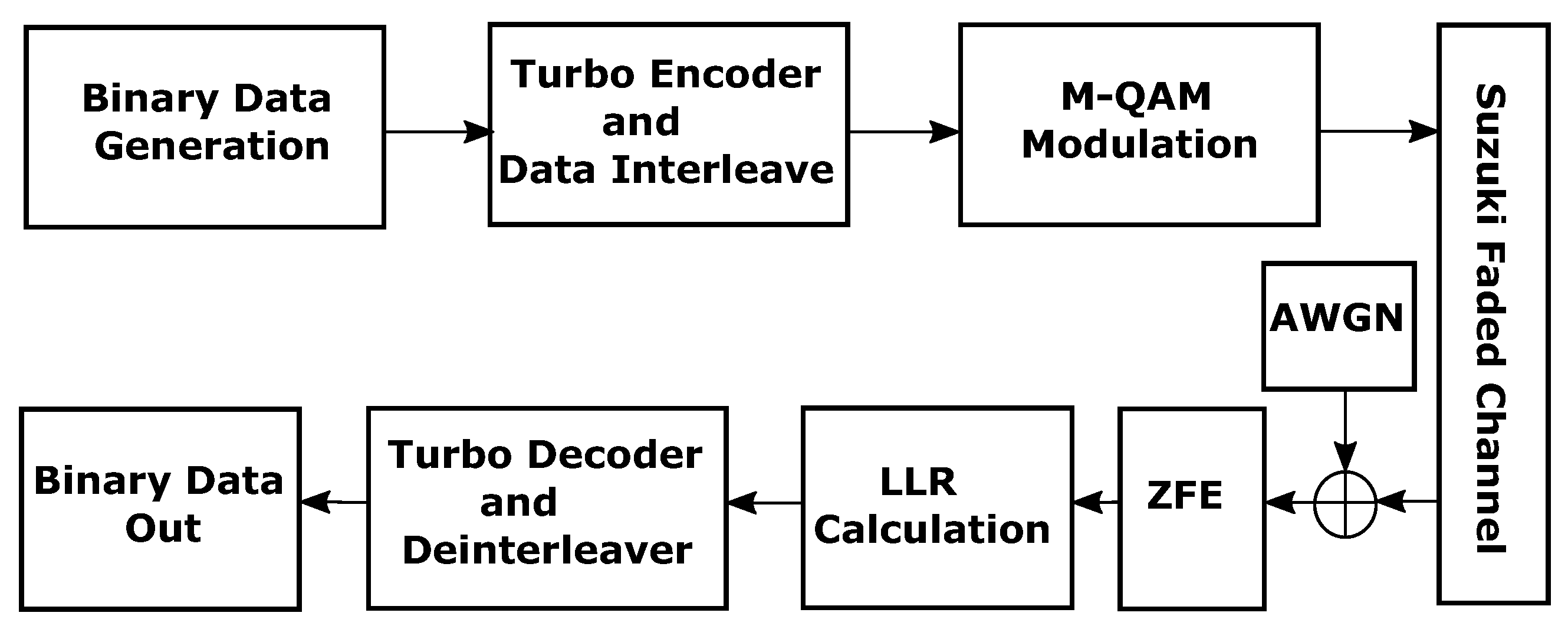
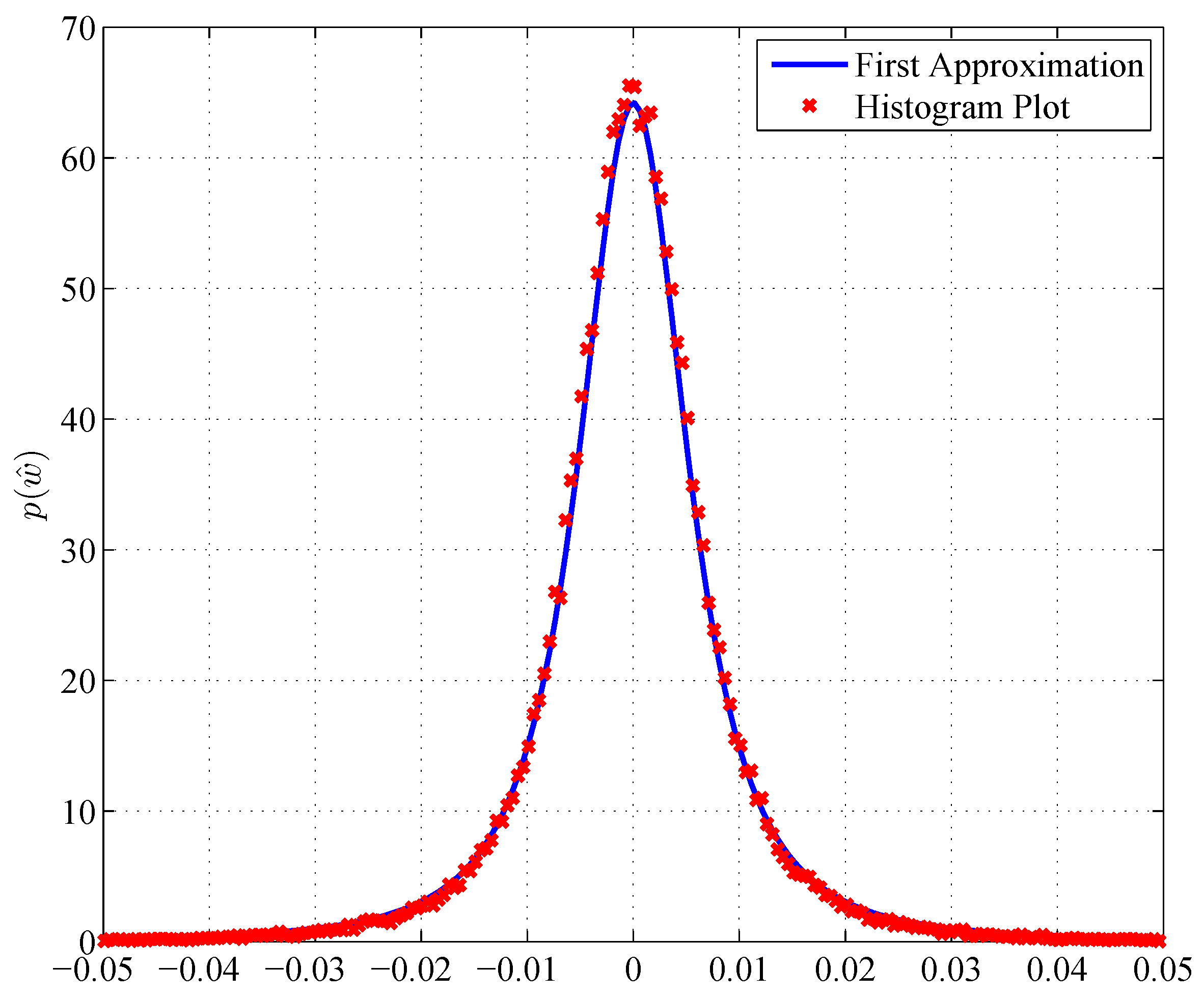
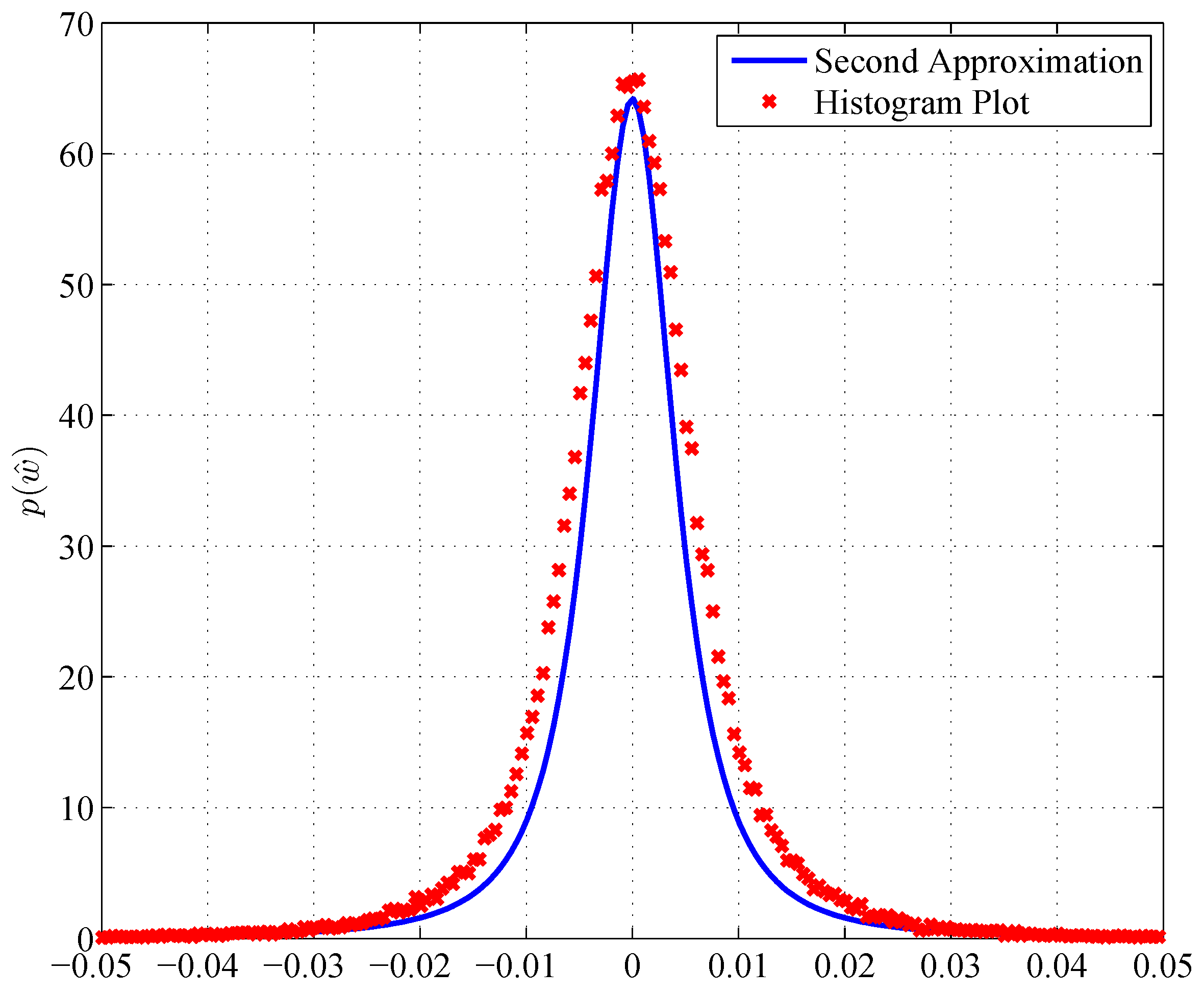
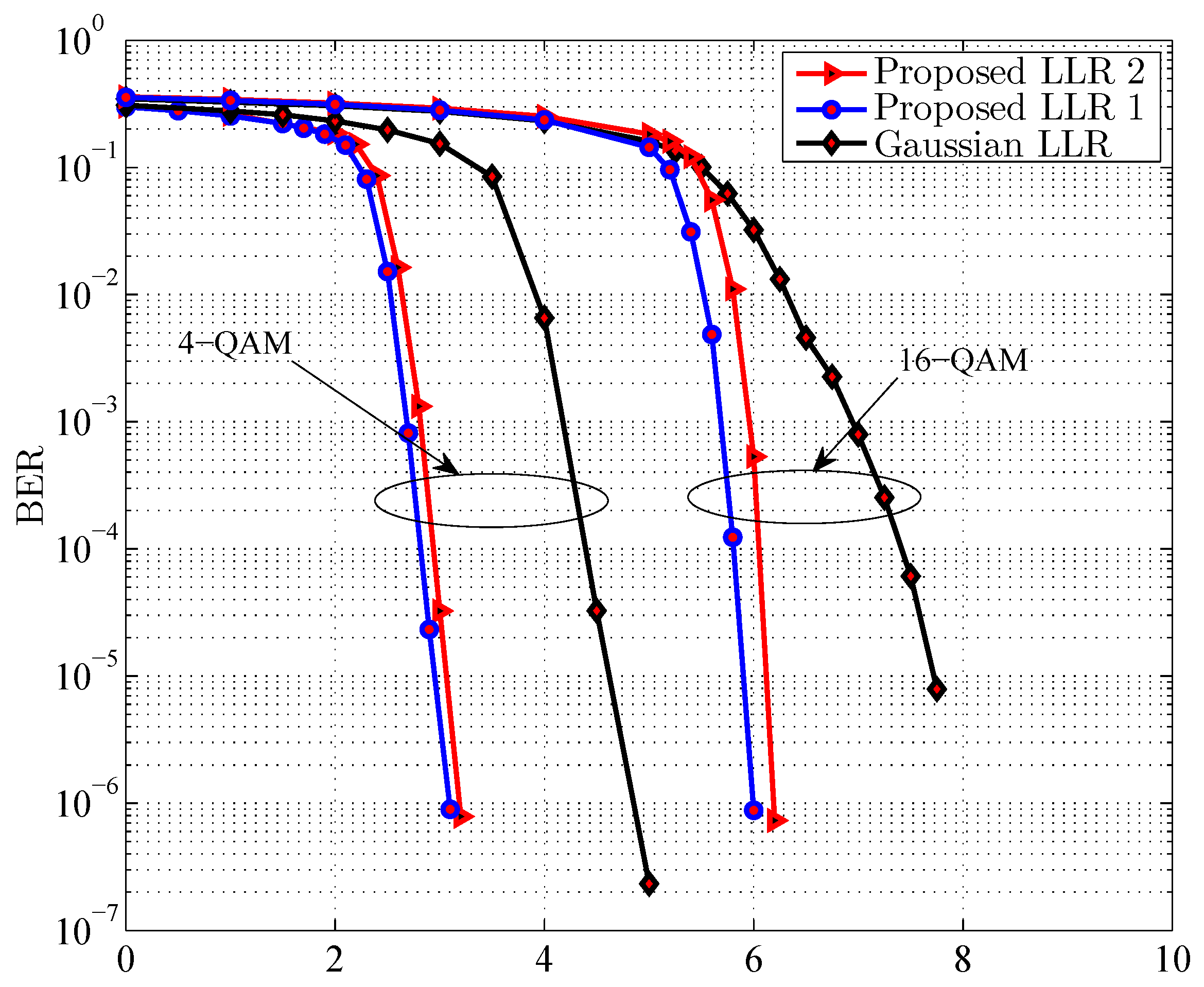
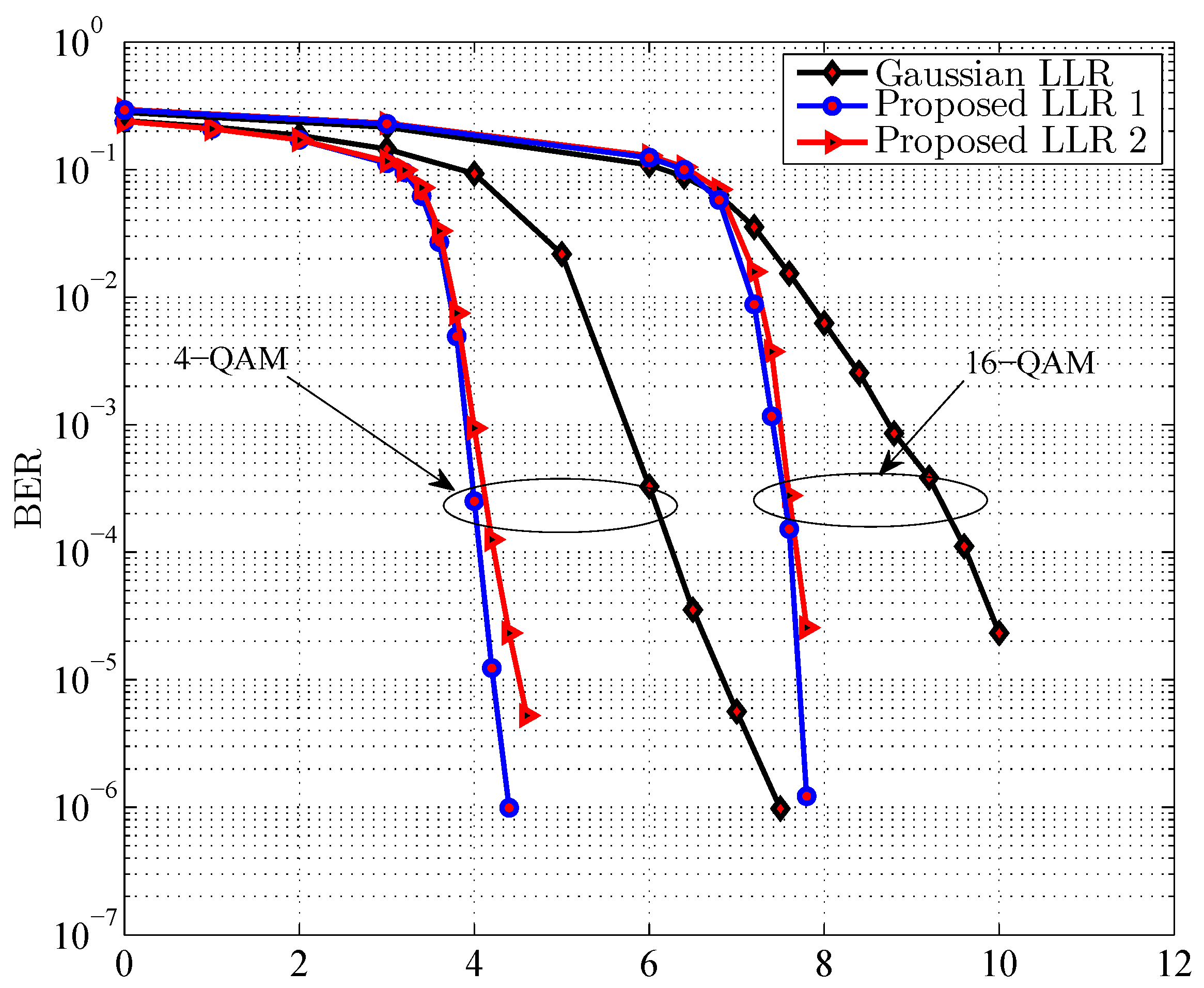
© 2019 by the authors. Licensee MDPI, Basel, Switzerland. This article is an open access article distributed under the terms and conditions of the Creative Commons Attribution (CC BY) license (http://creativecommons.org/licenses/by/4.0/).
Share and Cite
Al-Askery, A.J.; Al-Naji, A.; Alsabah, M.S. Improving the Performance of Turbo-Coded Systems under Suzuki Fading Channels. J. Low Power Electron. Appl. 2019, 9, 13. https://doi.org/10.3390/jlpea9020013
Al-Askery AJ, Al-Naji A, Alsabah MS. Improving the Performance of Turbo-Coded Systems under Suzuki Fading Channels. Journal of Low Power Electronics and Applications. 2019; 9(2):13. https://doi.org/10.3390/jlpea9020013
Chicago/Turabian StyleAl-Askery, Ali J., Ali Al-Naji, and Mohammed Sameer Alsabah. 2019. "Improving the Performance of Turbo-Coded Systems under Suzuki Fading Channels" Journal of Low Power Electronics and Applications 9, no. 2: 13. https://doi.org/10.3390/jlpea9020013
APA StyleAl-Askery, A. J., Al-Naji, A., & Alsabah, M. S. (2019). Improving the Performance of Turbo-Coded Systems under Suzuki Fading Channels. Journal of Low Power Electronics and Applications, 9(2), 13. https://doi.org/10.3390/jlpea9020013






